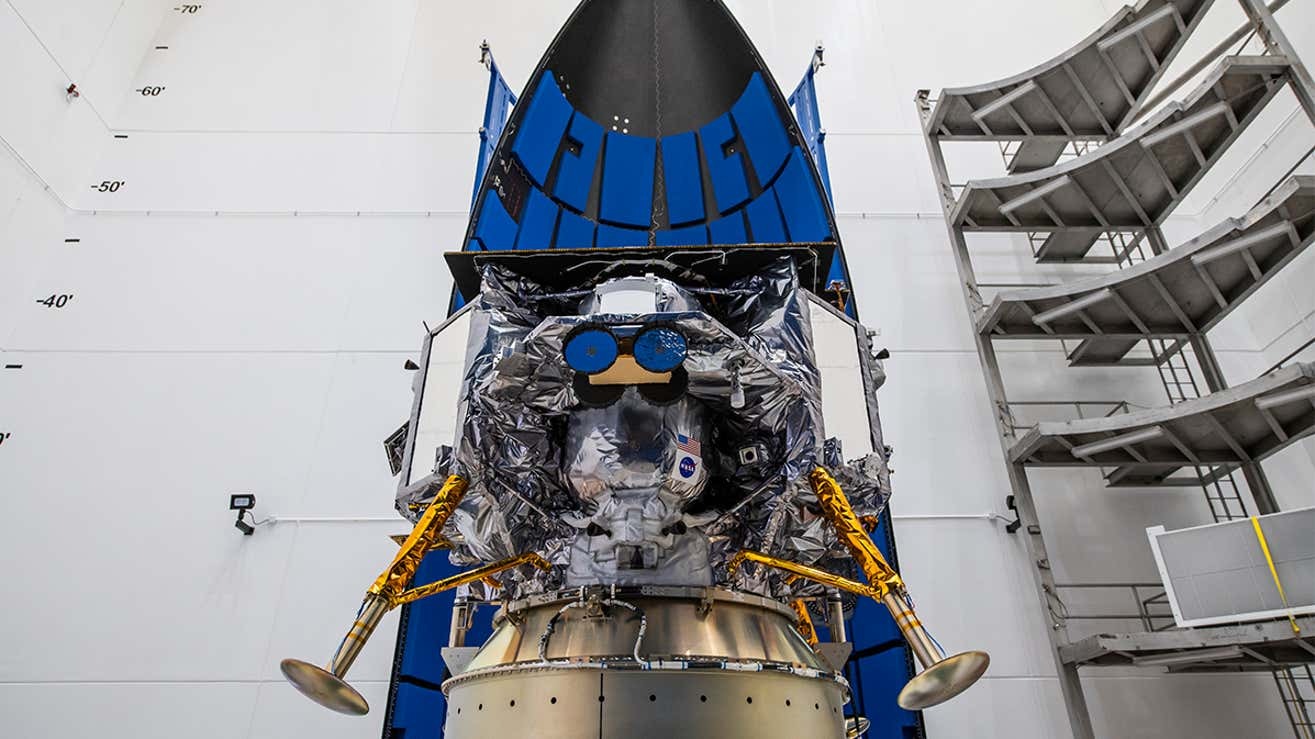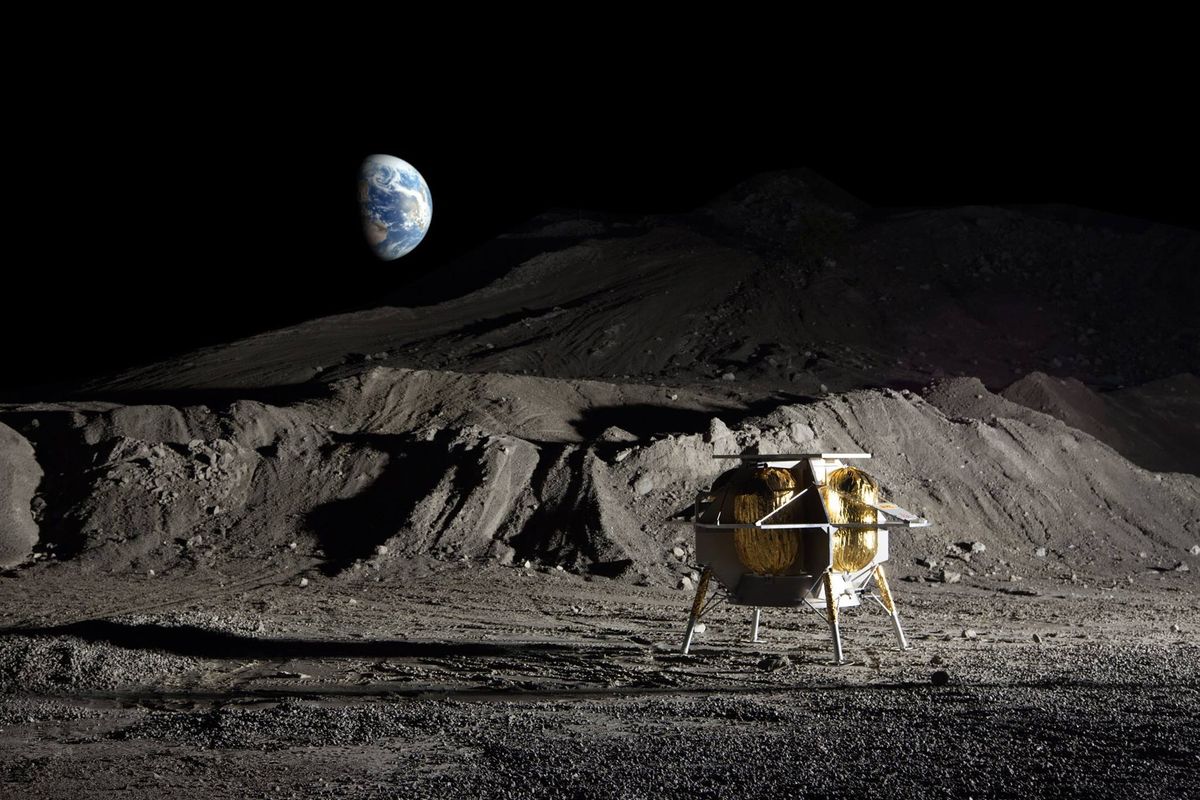Astrobotic has identified a potential cause of problems with its Peregrine lunar vehicle, which will be unable to make a planned landing on the Moon.

Peregrine launched on January 8 on a new Vulcan Centaur rocket of the United Launch Alliance (ULA) with the aim of becoming the first private spacecraft to make a soft landing on the Moon. However, this dream was almost immediately destroyed after entering Earth’s orbit due to a detected fuel leak. This happened after the Peregrine was separated from the upper stage of the rocket. Astrobotic is currently working on troubleshooting and investigating the problem.
“Astrobotic’s current hypothesis about the Peregrine spacecraft’s propulsion anomaly is that a valve between the helium pressurant and the oxidizer failed to reseal after actuation during initialization. This led to a rush of high-pressure helium that spiked the pressure in the oxidizer tank beyond its operating limit and subsequently ruptured the tank,” company representatives said.

Astrobotic did not hide the problems that occurred with Peregrine. The company actively informs the public about the progress of the mission and talks about the completed and further actions on the mission. So the company honestly admitted that a fuel leak would make it impossible to carry out the planned landing of the spacecraft on the Moon. However, the Peregrine is now in stable mode and has fuel in reserve for continuous operation of the engines for 40 hours, although this amount is not enough for landing.
Peregrine has 20 payloads on board for various private customers, including a pennant with a flag and a map of Ukraine. Among the cargoes, it is worth noting the scandalous one, which even caused outrage among the Navajo Nation.
The launch of Peregrine marked the long-awaited debut of the Vulcan Centaur rocket, which replaced the old ULA’s Atlas V and Delta rockets. Vulcan Centaur has successfully put Peregrine on the planned trajectory. Unlike the spacecraft, the rocket carried out its task without any anomalies.
Earlier, we reported on how NASA was called to stop desecrating the Moon.
According to Space.com
Follow us on Twitter to get the most interesting space news in time
https://twitter.com/ust_magazine

